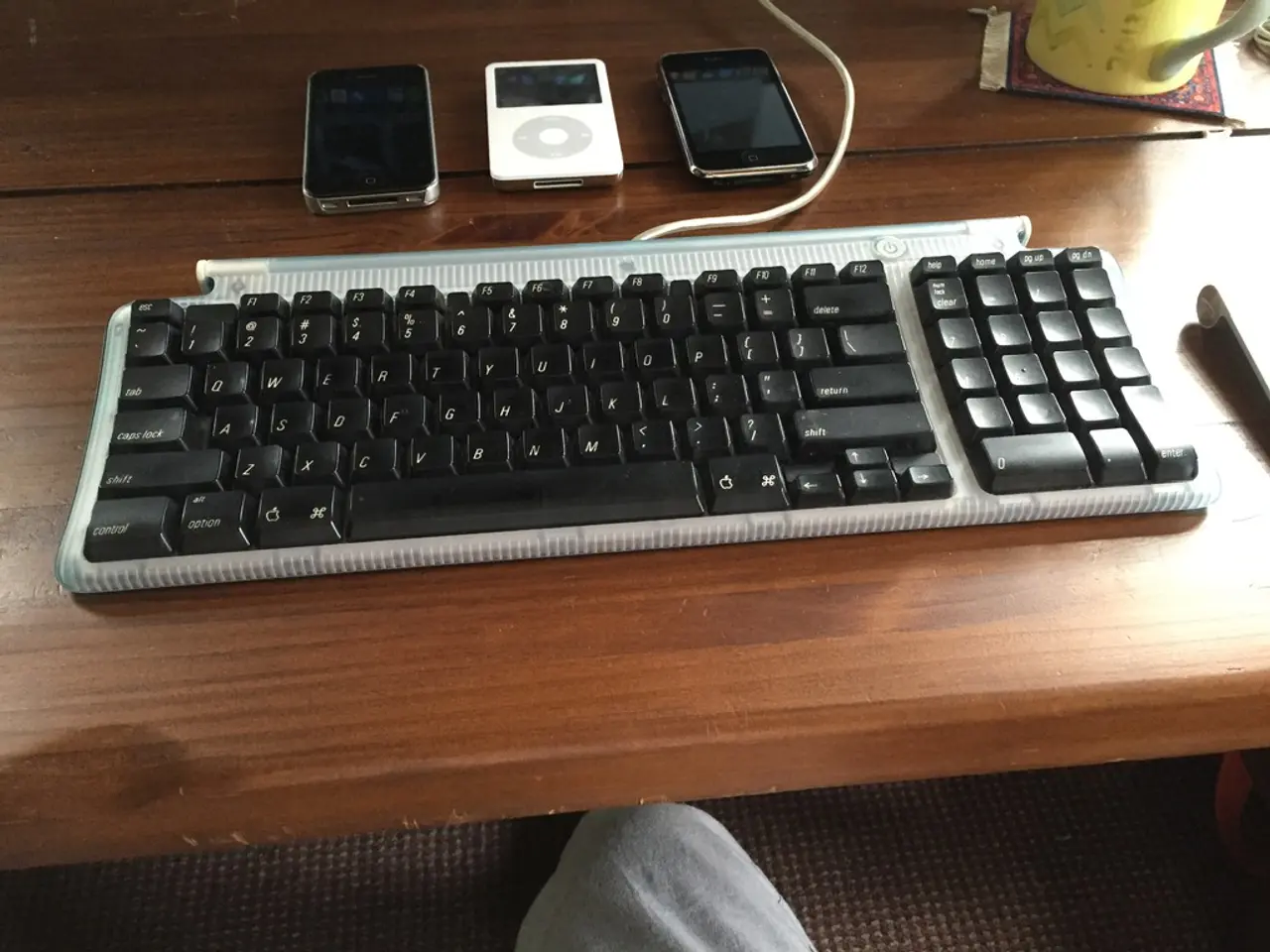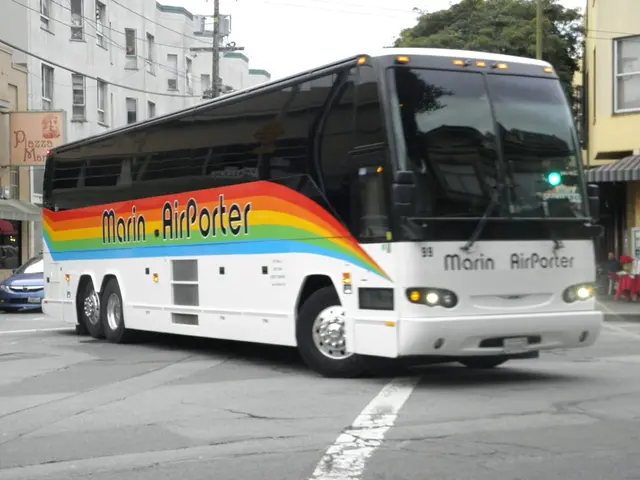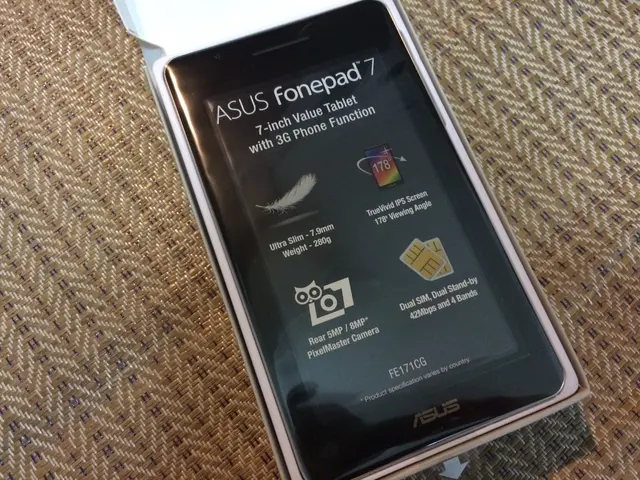Convert Elfin EW10 NMEA Navigation Data to Wireless Internet Connection Simplified
**Affordable Modernization: Bridging Classic Marine Electronics with Modern Navigation Apps**
For boat owners looking to modernize their marine electronics, the Elfin EW10 NMEA to Wi-Fi gateway is a popular and cost-effective solution. This article provides a step-by-step guide to help you set up the system and connect it with popular navigation apps like Navionics and OpenCPN.
---
## 1. Understand Your Setup
The Elfin EW10 is compatible with various NMEA 0183-capable devices (GPS, chartplotter, depth sounder, AIS, autopilot, etc.) and supports apps like Navionics and OpenCPN for device-to-app connectivity.
---
## 2. Hardware Wiring
### What You’ll Need
- Elfin EW10 NMEA to Wi-Fi Converter - Compatible NMEA 0183 device(s) - 12V or 24V DC power source - Basic wiring tools
### Wiring Steps
1. Power the EW10: Connect the red (+) wire to your boat’s positive bus (regulated 12V/24V DC) and the black (–) wire to ground. 2. Connect NMEA 0183 Devices: Wire the NMEA Output (A+ and A–) from your GPS or AIS to the EW10’s TX+ and TX– (often labeled). Connect the NMEA Input (B+ and B–) from your chartplotter or autopilot to the EW10’s RX+ and RX– (for routing data to other devices). 3. Secure Connections: Use crimp connectors or terminal blocks for reliable connections. 4. Power On: Switch on your boat’s DC power. The EW10’s LED should indicate power and Wi-Fi status.
---
## 3. Wi-Fi Configuration
1. Connect to the EW10: Using your phone/tablet/laptop, connect to the Wi-Fi network named **EW10-XXXX** (XXXX may be unique to your device). 2. Open Browser Setup: Open a web browser and go to **http://192.168.4.1** (the default configuration page). 3. Set Up Wi-Fi: - **Wi-Fi Mode:** Choose **STA (Station) or AP (Access Point)**. **STA Mode** lets the EW10 connect to your boat’s existing Wi-Fi. **AP Mode** lets devices connect directly to the EW10 (recommended for most boats). - **Network Name (SSID) and Password:** Set your preferred Wi-Fi details for the device. 4. Set Baud Rate: Match the baud rate (e.g., 4800, 38400) to your NMEA device’s output rate. 5. Save Settings: Apply changes and wait for the EW10 to reboot.
---
## 4. Connect Navigation Apps
### Navionics
- **Open Navionics** on your device. - **Go to Settings > WiFi Connections** (this may vary slightly by platform). - **Select the EW10 Wi-Fi network**. - **Choose “Data Source”** and select the appropriate channel (typically **TCP** or **TCP/IP**). - **Navionics should now receive NMEA data** from your devices (GPS, AIS, etc.).
### OpenCPN
- **Open OpenCPN** on your device. - **Go to Options > Connections**. - **Add a new network connection**: - **Protocol:** **TCP** - **Address:** **192.168.4.1** (or the IP of your EW10 in STA mode) - **Port:** **2000** (default for EW10) - **Click “OK”** and save settings. - **OpenCPN will now receive NMEA data** over Wi-Fi.
---
## 5. Troubleshooting Tips
- **No Data?** Double-check wiring polarity (A+ to TX+, A– to TX–; B+ to RX+, B– to RX–). - **Stable Wi-Fi?** If signal is weak, try relocating the EW10 closer to your device or use an external antenna. - **Baud Rate Mismatch?** Ensure the EW10’s baud rate matches your NMEA device’s output. - **Factory Reset:** Hold the reset button on the EW10 for 10 seconds if you get stuck.
---
## 6. Advanced Use
- **Multiple Devices:** The EW10 can multiplex multiple NMEA 0183 devices into one Wi-Fi data stream (wire them all to TX+ and TX–, respecting baud rate). - **Data Security:** Always password-protect your EW10’s Wi-Fi to prevent unwanted access. - **Firmware Updates:** Check Elfin’s website for firmware updates to add features and fix bugs.
---
## Summary Table
| Step | Action | Notes | |---------------------|----------------------------------------|--------------------------------| | Power & Wiring | Connect to 12V/24V; wire NMEA devices | Observe polarity! | | Wi-Fi Setup | Connect to EW10, configure via browser | Set SSID, password, baud rate | | App Connection | Navionics/OpenCPN WiFi setup | Use TCP/IP, correct IP/port | | Troubleshooting | Check wiring, signal, baud rate | Reset if needed |
---
## Final Thoughts
The Elfin EW10 is a robust, affordable way to bridge classic marine electronics with modern navigation apps. With proper wiring and configuration, you’ll enjoy wireless access to your boat’s vital data on your favorite apps—anywhere on board!
If you need diagrams or device-specific wiring examples, just let me know!
For those seeking alternatives, the HF2211 converter can also be used, available on Amazon and AliExpress. Additionally, an RS232 to RS485 Converter can be found on both platforms as well. A video demonstrating the setup process for the Elfin EW10 can be found online.
- To ensure optimal performance of the Elfin EW10, consider utilizing compatible gadgets that employ data-and-cloud-computing technology.
- In addition to the Elfin EW10, you might be interested in incorporating modern navigation apps with cutting-edge technology, such as the HF2211 converter or an RS232 to RS485 Converter, both widely available on Amazon and AliExpress.




